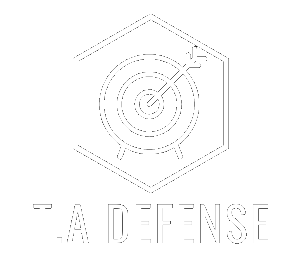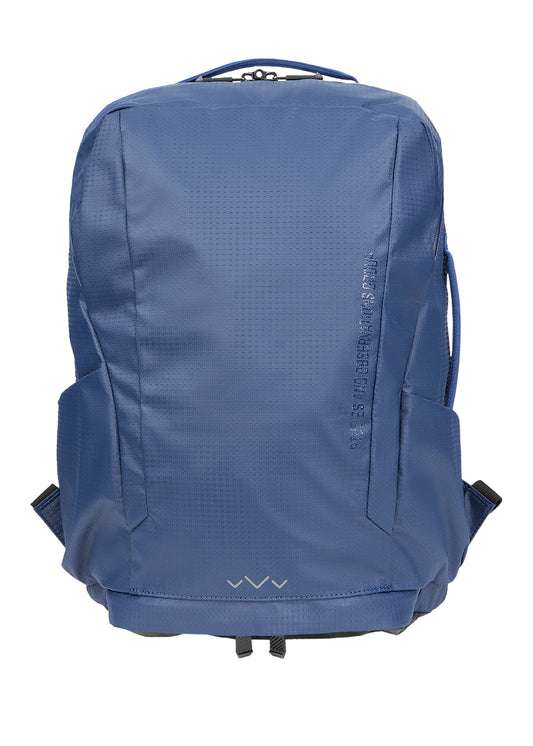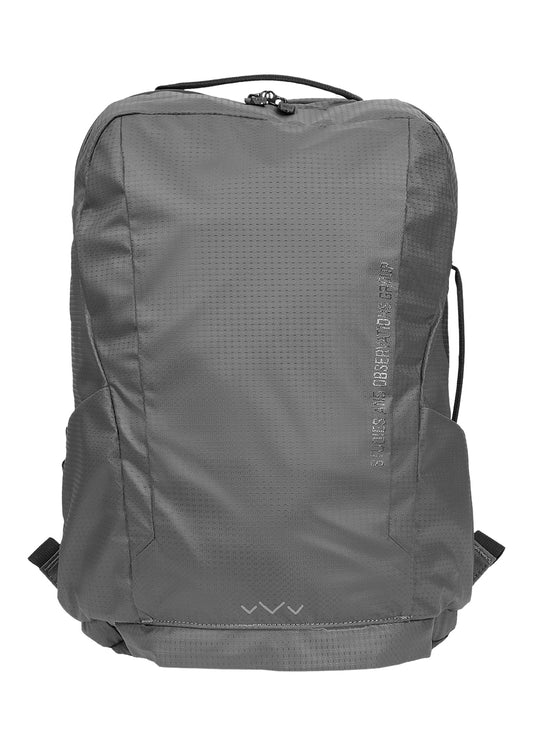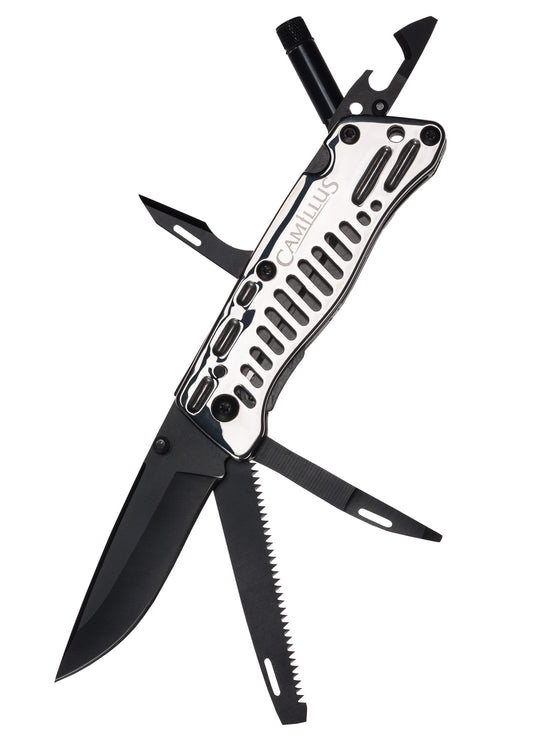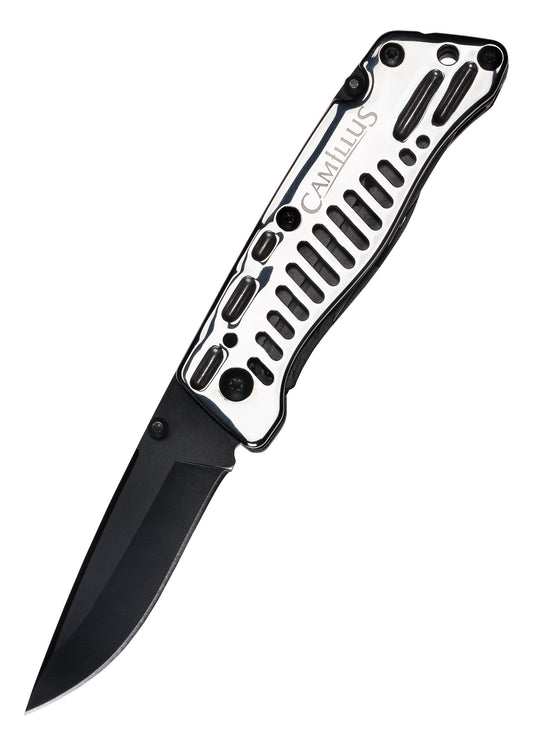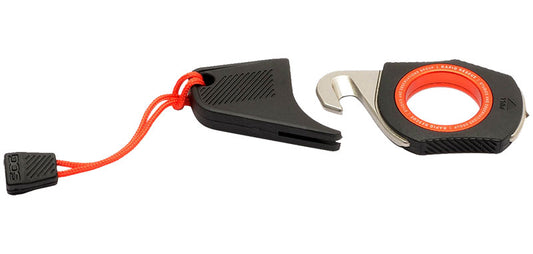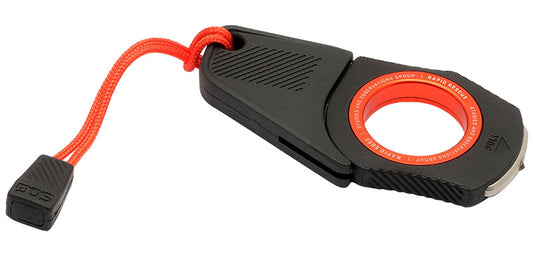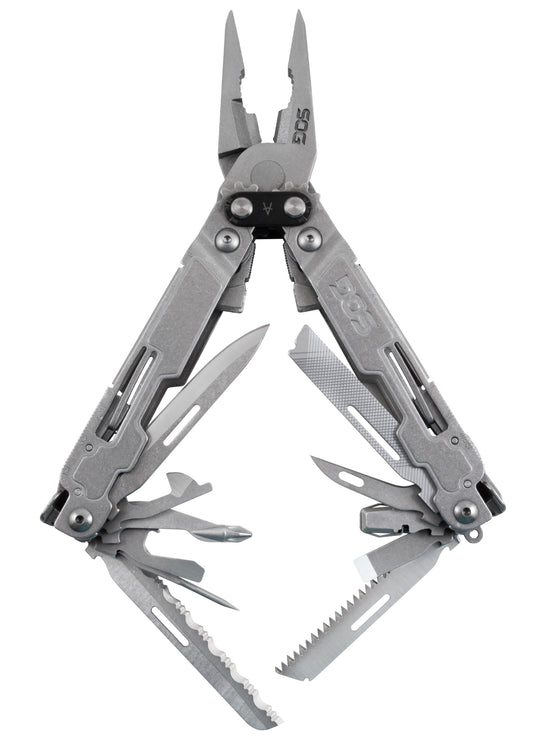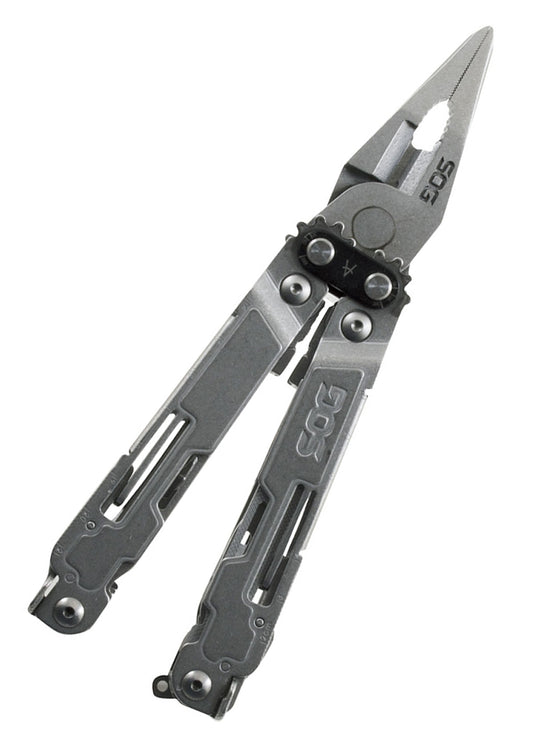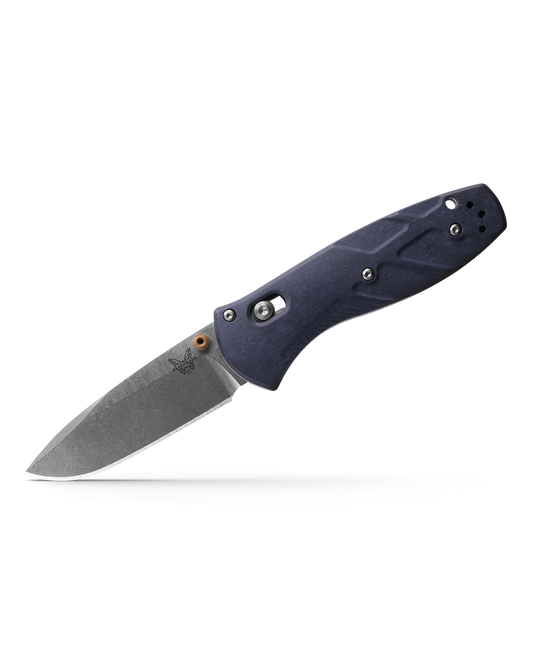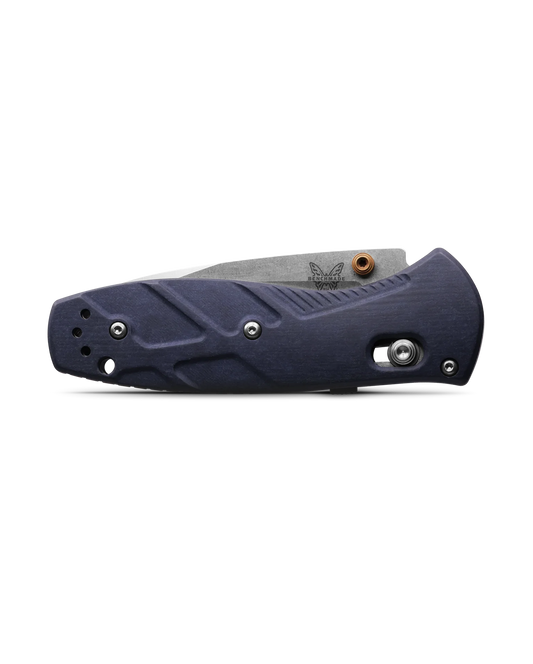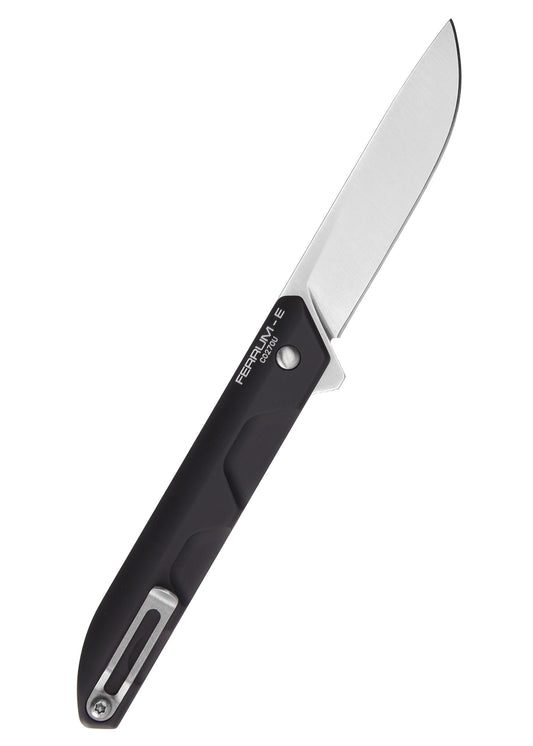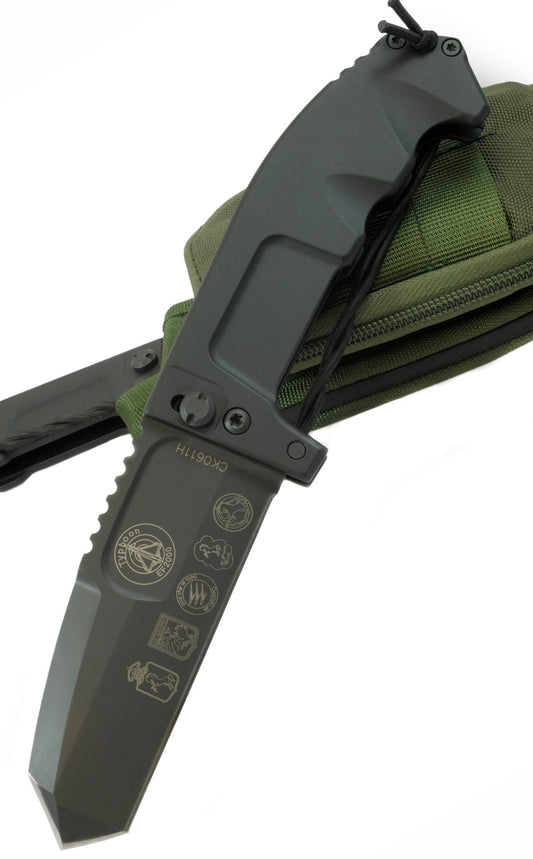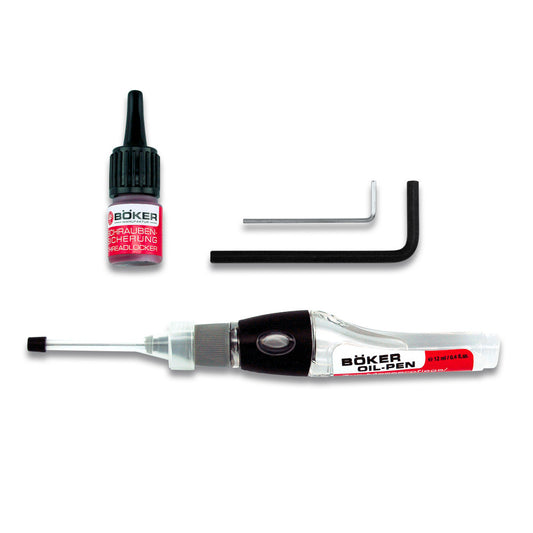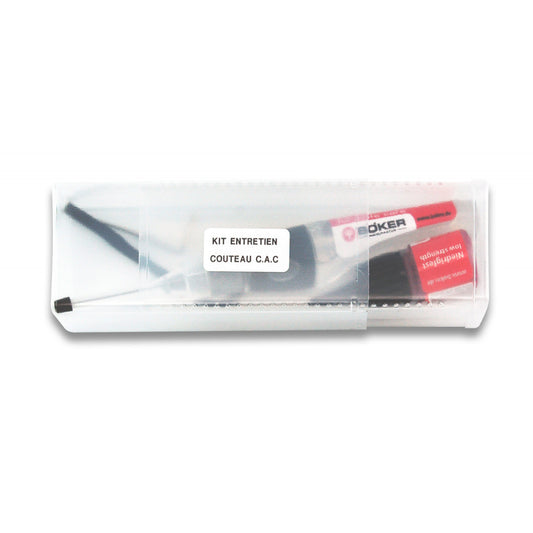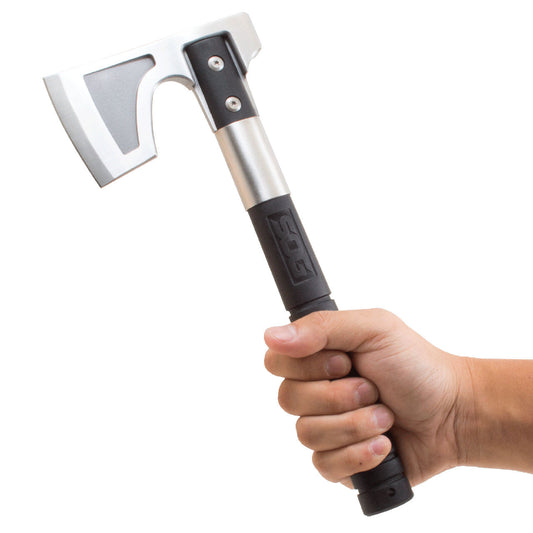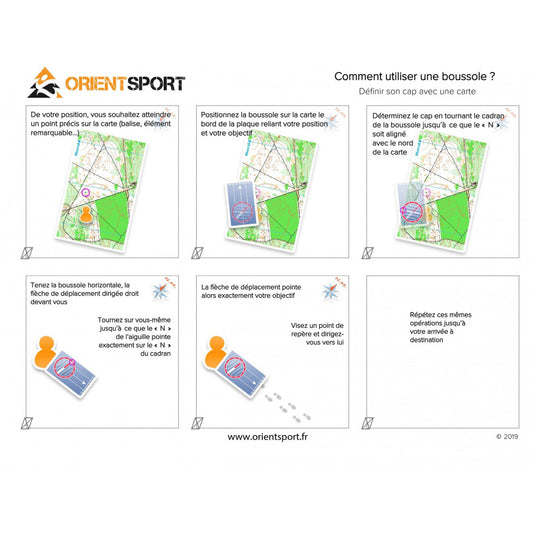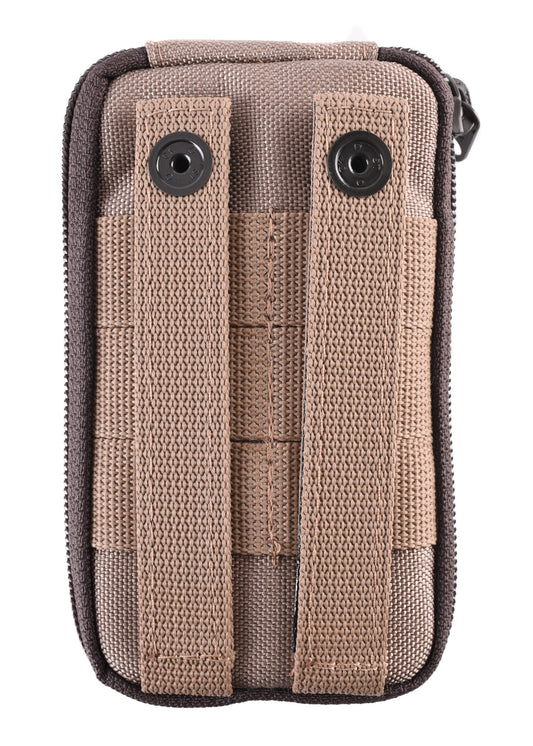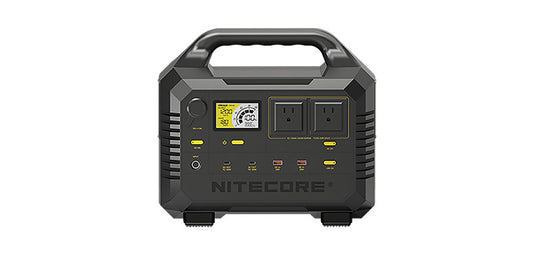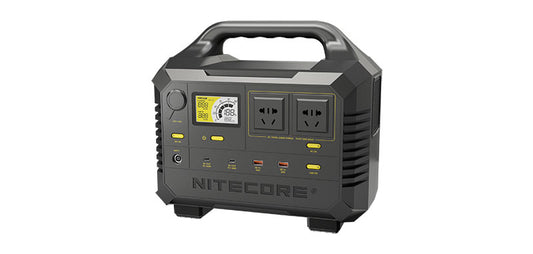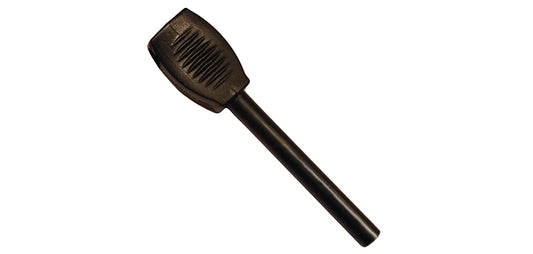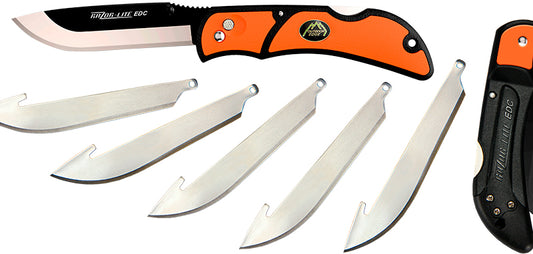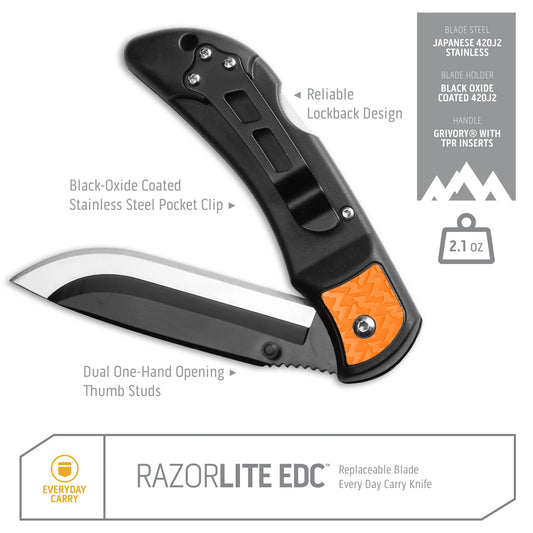-
Day Pack Surrept 16L backpack - SOG
Regular price 169,90€Regular priceUnit price / per -
Trekus Pro multifunction knife - Camillus
Regular price 59,90€Regular priceUnit price / per -
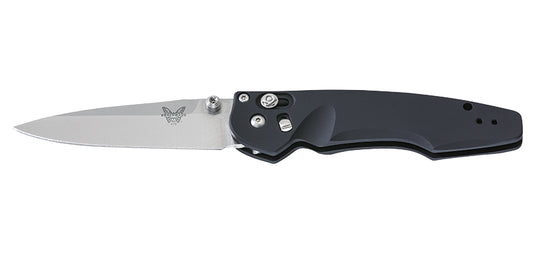 Sold out
Sold outEmissary folding knife - Benchmade
Regular price 239,90€Regular priceUnit price / per -
Rapid Rescue Window Breaker Belt Cutter - SOG
Regular price 39,90€Regular priceUnit price / per -
Poweraccess Deluxe multi-tool - SOG
Regular price 129,90€Regular priceUnit price / per -
Mini Barrage Crater Blue folding knife - Benchmade
Regular price 299,90€Regular priceUnit price / per -
Ferrum E EDC folding knife - Extrema Ratio
Regular price From 219,90€Regular priceUnit price / per -
Engage folding EDC knife - Cold Steel
Regular price 119,90€Regular priceUnit price / per -
Fire starter and emergency whistle 100dB - Gerber
Regular price 29,90€Regular priceUnit price / per -
Rao Avio folding tactical knife + survival kit - Extrema Ratio
Regular price 499,00€Regular priceUnit price / per -
Cac® pocket knife maintenance kit
Regular price 31,50€Regular priceUnit price / per -
Camping ax - SOG
Regular price 99,90€Regular priceUnit price / per -
Sierra 6400/360 luminous military compass - Orientsport
Regular price 20,99€Regular priceUnit price / per -
Tactical Falcon 28E solar panel - Powertraveller
Regular price 155,00€Regular priceUnit price / per -
ERS Survival Kit - Extrema Ratio
Regular price 148,95€Regular priceUnit price / per -
Power station NES1200 - 1200W/2200W - Nitecore
Regular price 1.299,00€Regular priceUnit price / per -
Firestone Firesteel magnesium bar - Morakniv
Regular price 19,95€Regular priceUnit price / per -
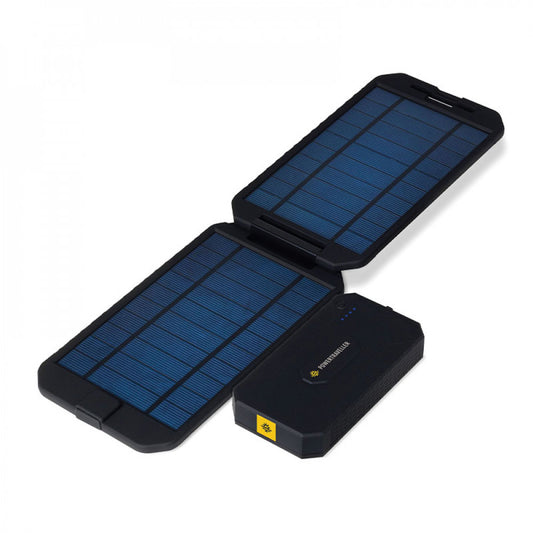
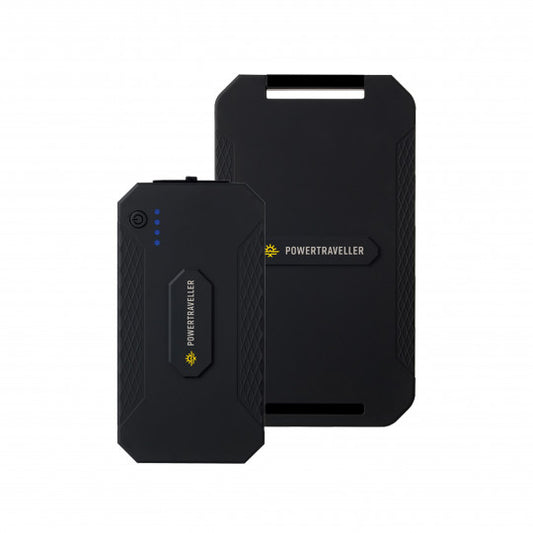 Sold out
Sold outExtreme solar self-contained kit
Regular price 128,00€Regular priceUnit price / per -
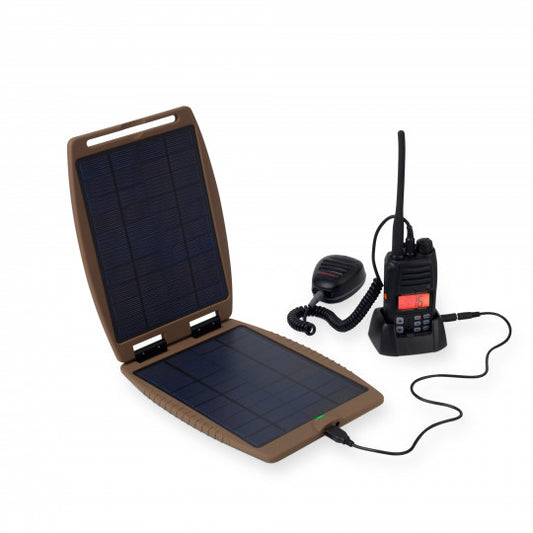
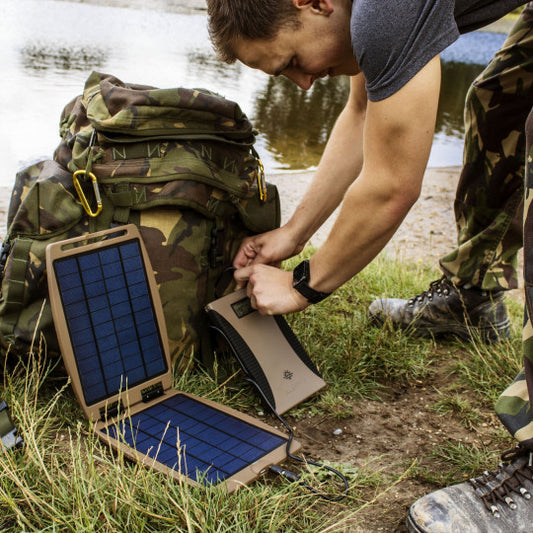 Sold out
Sold outSolar Gorilla Tactical Solar Panel
Regular price 192,00€Regular priceUnit price / per -
Lockdown Pry multifunctional knife - Gerber
Regular price 59,90€Regular priceUnit price / per -
Lockdown Drive multifunction knife - Gerber
Regular price 64,90€Regular priceUnit price / per -
ArmBar Cork multifunctional knife - Gerber
Regular price 49,90€Regular priceUnit price / per -
Razor Lite EDC multi-function knife (+6 blades) - Outdoor Edge
Regular price 49,90€Regular priceUnit price / per -
EDC Affinity folding knife - Gerber
Regular price 54,90€Regular priceUnit price / per
Collection: EDC - Everyday carry
What is EDC?
The EDC acronyms of Anglo-Saxon origin mean “Everyday carry”. We find in this collection useful items that can be easily carried on a person every day.
The basis of this notion of EDC is finding items to help people overcome simple everyday problems and to be prepared for unexpected or dangerous situations.
What we find in our pockets, wallet or purse is part of our EDC. To each their own!
What was once a hobby and lifestyle reserved for a few has undoubtedly become mainstream in recent years. You may have heard the term "EDC" when shopping for a new backpack or in a YouTuber's video about all the technology they use.
We are going to summarize the phenomenon of everyday carry, commonly known by the acronym EDC, and explain to you why you should think about what you have in your pockets.
What are the advantages of daily carrying?
Everything you carry has a purpose. Besides these common items, I usually put a hand sanitizer spray in my carry bag, so I can clean my hands as often as possible. It’s a habit picked up in the time of COVID-19.
Generally speaking, there are many benefits to carrying an EDC on a daily basis.
Your daily EDC is all the items you carry in your pockets or bag every day.
These are the items you reach for in your pockets before going out, the ones you feel naked without, and the ones that would waste your entire day if you had to go without them. They are particularly valuable, and not just from a monetary or sentimental point of view but for their usefulness. Your daily baggage is made up of objects that you find truly essential.
This means that items like pocket squares, crumpled receipts, gum wrappers, and other disposable items may live in your pocket (hopefully not for too long), but they are not part of your luggage. daily. The centerpieces of your EDC must above all have useful qualities which correspond to a few different principles from the practice of daily carrying.
The philosophy of everyday wear is based on the principles of utility and preparedness. Each component of your EDC should have a purpose or at least one specific and useful function.
Do more, and more efficiently :
By adding new tools, you gain access to all kinds of new features that improve your life or make your day easier. Or, by taking an EDC approach to upgrading the essential tools you already use, you can maximize their performance and efficiency.
Be ready :
Carrying tools with you every day will not only prepare you for most of your daily activities, but also for unexpected occasions. Of course, you might not use some of these tools every day, like your smartphone, but if you anticipate them coming in handy from time to time, then consider taking them along.
Save your time and money :
Have you ever rummaged through your drawer or bag to find a charging cable or a knife? Well, you don't have to waste time looking for these tools if you carry them with you every day or have a bug out bag with your essential tools, which means you'll know where to find them and you will keep them in a place where you can access them the next day. Plus, you don't need to buy or borrow tools you already own. Sometimes, even if you want to buy one from a store, it may not be nearby.
Add Style to Your Life :
Just like your clothes or your makeup, the objects you wear every day accompany you and can be seen by others. So why not use them to express yourself, to show your style? The phone and case you use, your car key, your lighter, etc. say something about your status, preferences, feelings, etc.
So what are the essential EDCs?
We often find a common base that everyone will personalize according to their morphology, their character and their needs. For example, my eyes are sensitive to light and cold, so I always have a pair of sunglasses with me.
Among common EDCs we will often find the following accessories:
Knife
Many people are surprised that the pocket knife is part of everyday equipment. Although laws and cultural differences can give a negative image of these sharp objects, a well-designed, reasonably sized pocket knife is first and foremost a tool. Used responsibly, an EDC knife (such as a Swiss army knife) provides safer cutting and slicing, usually better than a house key, a pair of scissors, your hands, or even your teeth. There is certainly no mobile application for opening a box, slicing a schnitzel or cutting a rope! That said, not everyone needs a folding knife or can even legally carry one. But it is important to consider them above all for their practical aspect.
Flash light
You'd bring an umbrella for a 50% chance of rain, so why not bring a flashlight for a 100% chance of darkness every night? Whether it's walking through a power outage, looking under couches, or navigating a dimly lit path, having a light source in your pocket will come in handy. Some may just use their phone screen or camera flash for lighting. Modern lamps, equipped with several modes and a dedicated battery, are much more efficient in everyday tasks as well as in emergency situations, without further depleting the battery of your phone, which is also an EDC but reserved for other uses.
Multi-tool
The multi-tool embodies many of the fundamental principles of EDC: utility, versatility, and portability. For quick repairs, DIY and other handy jobs, it's essential to have all the features of a toolbox in one pocket-sized tool. Common multi-tool functions include pliers, screwdrivers, bottle openers, scissors and other cutting tools. Multitools can complement the functions of the five essential tools mentioned in the previous sentence.
Lighter
You don't have to be a smoker to carry a lighter. Besides the obvious reasons, they can be useful in any situation where a fire needs to be started. Start a campfire, light candles for a birthday cake or during a power outage. A lighter can also be useful for certain repairs and DIY activities, enameling an electrical cable or finishing the edges of freshly cut paracord.
External laptop battery and tactical solar chargers
With such a reliance on our devices for work and play, many people keep a power bank or portable charger on them. They are especially useful when traveling or on the daily commute when you need to stay connected but don't have access to a nearby power outlet. Typically, they extend the use time of other essential tech devices you may carry, like a phone, camera, handheld gaming console, or even your EDC flashlight.
EDC gear bag
Some EDC purists limit the scope of the term EDC to their pockets. But pockets are not always enough. Many EDC enthusiasts choose to carry a dedicated EDC bag to better contain, organize and protect their essential items.
Students and professionals can travel with a laptop backpack. Creatives and photographers can have a bag for their equipment. Travelers and cyclists may need a shoulder bag or fanny pack for easy access without the bulk of a full backpack.
Ultimately, a bag is a smart choice if you need to carry more gear than can fit in your pockets.
Kicker
Window breaker and seat belt cutter, this little object is the ally of all motorists and bus users. It can save your life in the event of a flood or fire in order to escape from vehicles as quickly as possible.
And if you go on an expedition your EDC will consist of:
Blanket
Having emergency blankets or survival blankets can mean the difference between hypothermic shock and a warm shelter in intensely cold conditions.
Survival blankets are vital when faced with chaos and life-threatening situations. Also called first aid blankets, thermal or weather blankets, Mylar blankets or space blankets, these little wonders are designed to significantly reduce your body's heat loss. If you're caught in an emergency situation - like an unexpected storm while hiking or even a natural disaster - your body can easily lose heat through thermal radiation, convention, conduction or water evaporation. An emergency blanket can help your body retain its own heat, which is a great survival tactic while waiting for a rescue team.
A compass
A compass helps you know which direction you are moving - this is called heading. Aligning or orienting your map in relation to your surroundings helps you find your way on the map and determine which direction an object or destination is in relation to you. It is an object that cannot fail and when you know how to use it, it prevents you from getting lost.
The compass is used for navigation, location and direction. Users use it to find their way, whether on a hiking trail or while traveling to a new location. It is an instrument consisting of a suspended magnetic needle which is attracted by the polarity of the North Pole. A precisely measured scale is used to mark directions, relative to north. By turning slightly left or right, a compass will accurately point to the North Pole and identify the angles of the other points of the compass.
Survival kit
For individuals who never really know what to put in their Evacuation Bag or in their EDC, the specialists have prepared kits with all the elements you may need, emergency medical kit, multitool or multi tool, compass, knife, etc.
